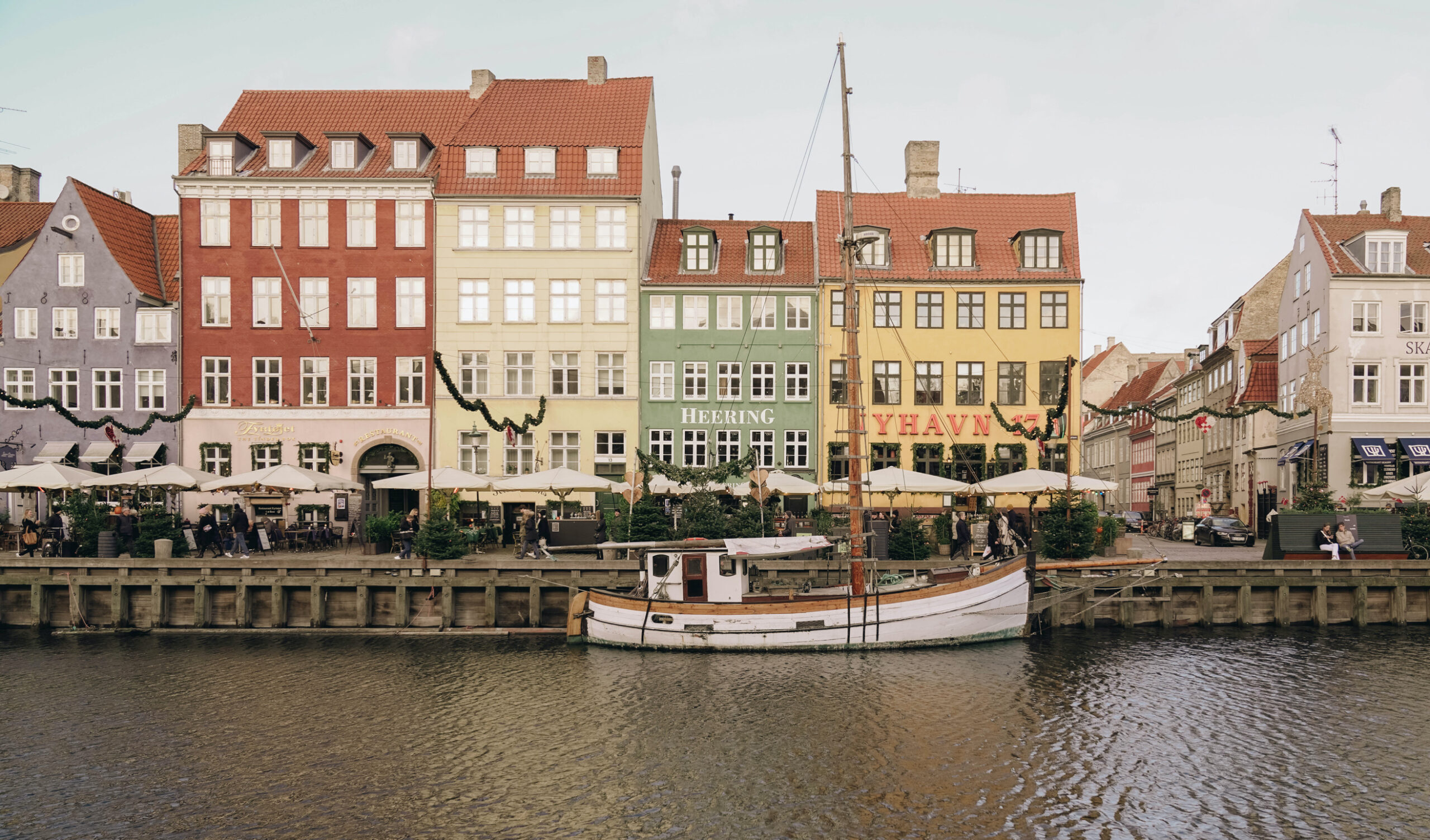Hygge: It’s that Danish feeling of coziness and intimacy that is most often embraced during winter. With the year we’ve all had, we’ve come to crave hygge throughout the spring, summer and fall, too. While you can experience hygge anywhere in the world, it’s in Copenhagen that its impact is truly felt. The cosmopolitan city, known for its eye-catching design and equally eye-catching people, is the perfect destination for those seeking intimacy and comfort.
We explored Copenhagen’s culinary and artistic sides, where quality and sustainability are core principles. Sit back and relax as we take you on a three-day journey through the stylish Danish capital. We hope this guide will come in handy when we can all travel again.
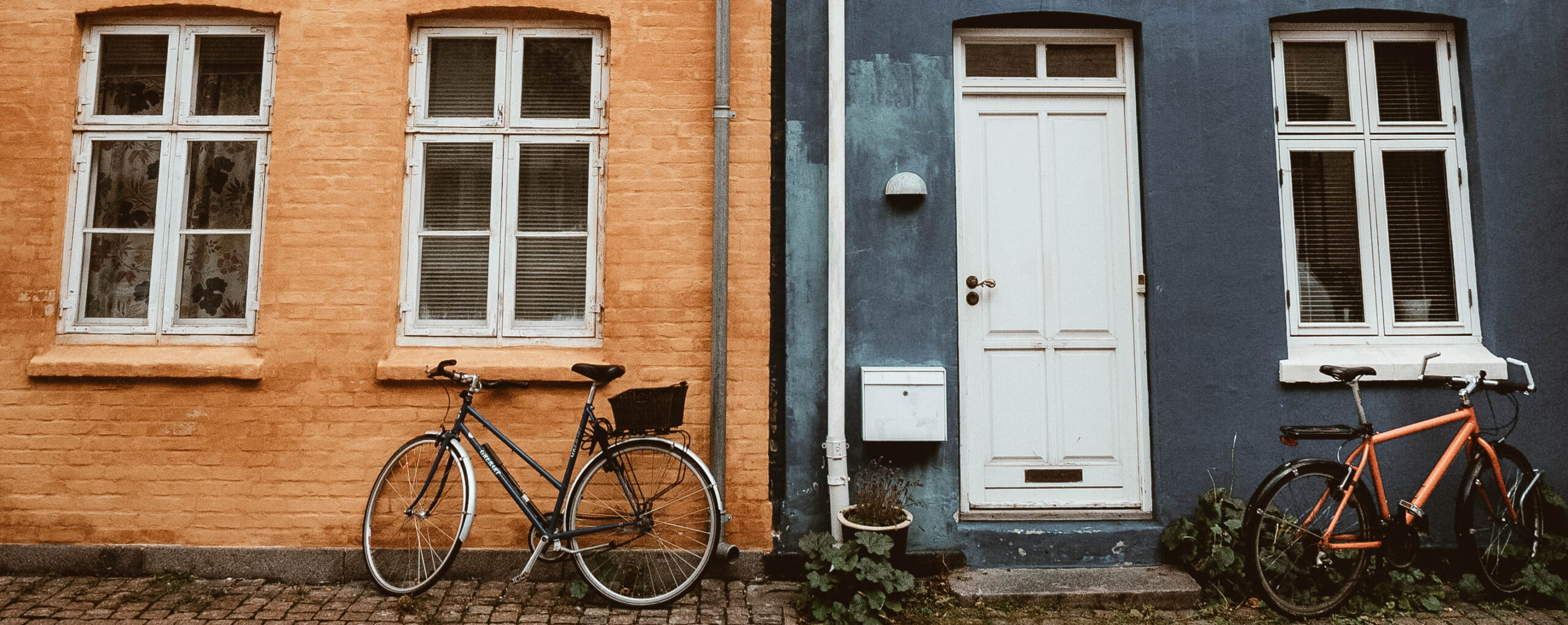
Getting around: Copenhagen is a city built on sustainability so grab that bike and live like the locals do. If you’d rather go on foot, the city is compact enough to get around without any kind of transport.
Day 1
Put yourself in a relaxing mindset with a good morning stretch as you watch the world go by from your chic room at the Hotel Alexandra.
Get your morning fuel at Grød, a collection of porridge bars scattered throughout the city. The cozy eateries embody hygge at its finest. The seasonal menu offers an expansive range of porridge bowls filled with healthy ingredients to replenish your energy. Choose your perfect mix of cereals (oat, chia seeds, quinoa) cooked with organic oat milk and served with colorful toppings. We loved the vegan and gluten-free Superia porridge garnished with raspberries, banana and apple compote.
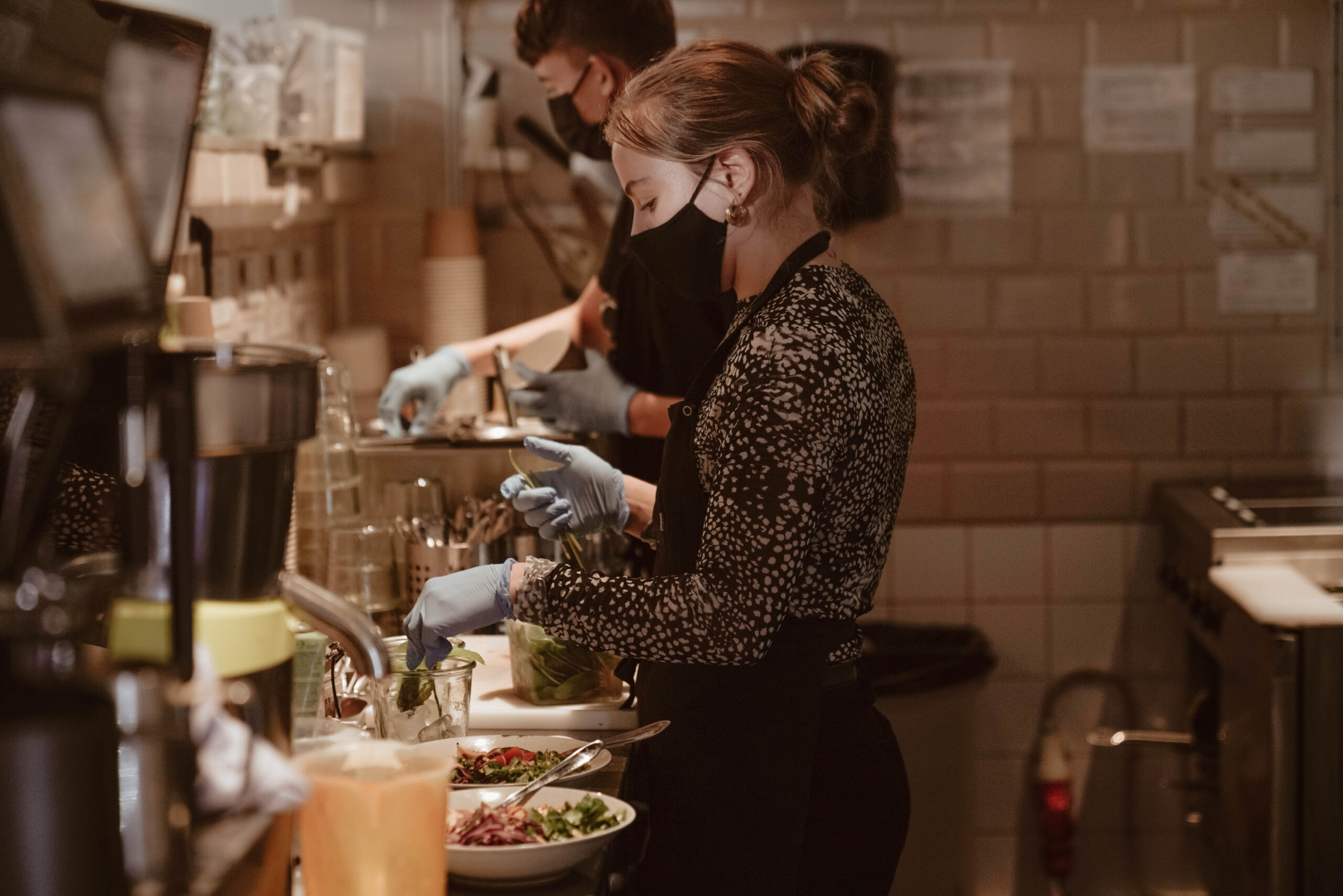

Make your way to Assistens Kirkegård, Denmark’s most famous cemetery. While walking around gravestones might seem the antithesis to coziness, a feeling of peace will envelope you in these hallowed grounds.
Originally created as a resting place for plague victims in the eighteenth century, the cemetery later became the final home for famous Danes such as Hans Christian Andersen, Soren Kierkegaard and Niels Bohr. Stroll beneath its towering pines and fountains or opt for a picnic on its verdant lawns if the temperature is right.
After that breath of fresh air, explore Rosenborg Castle. A Renaissance marvel, the castle was commissioned by King Christian IV in 1606, acting as the royal residence until 1710. The well-preserved interiors boast a lavish mishmash of styles. While some rooms display dark and sober colors with black and white checkerboard floors and tapestries hanging on the walls, others are more colorful, with resplendent objects such as the Danish crown jewels.
With all things Danish on your mind, it’s time to treat yourself to a Scandinavian culinary experience at Høst. A minimalist rustic interior reflects the restaurant’s commitment to seasonal, sustainable cuisine—høst means harvest in Danish—from fish, seafood, and vegetarian options to a selection of organic wine. Opt for the grilled lobster with porcini butter.
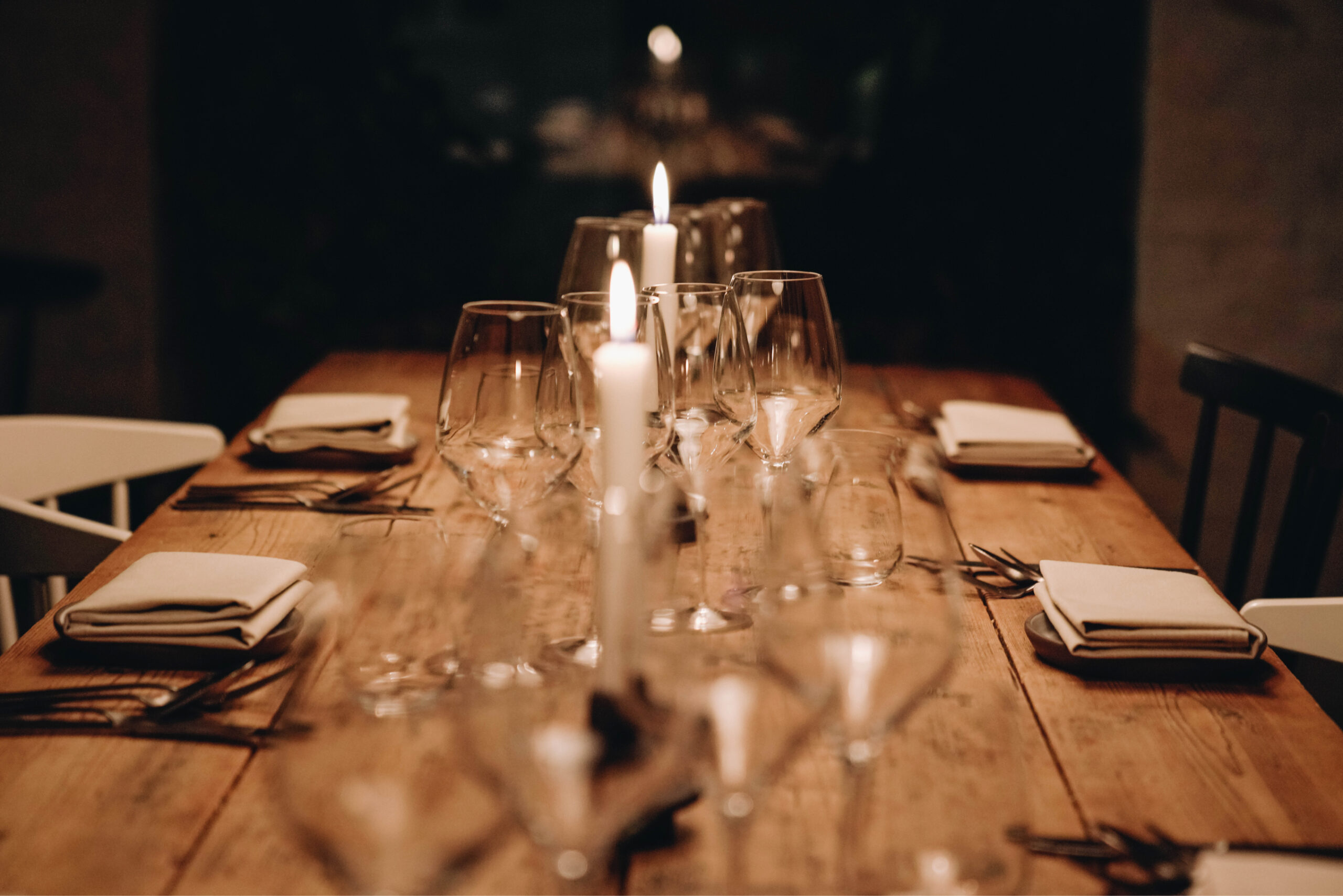
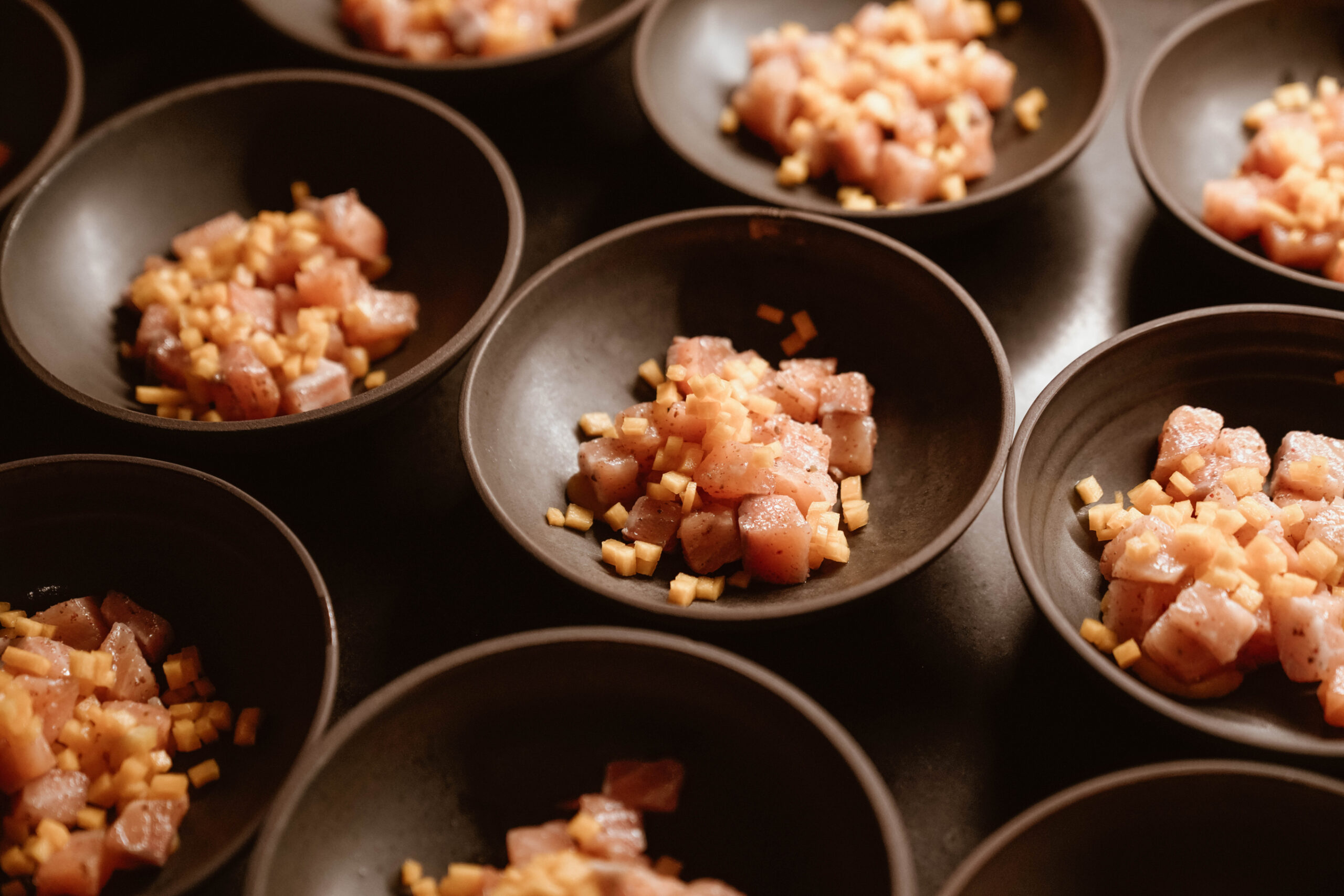
Once you’re ready to get back to it, stroll to Kastellet, a military fort built in the early 1800s. Kastellet is shaped like a star surrounded by moats and houses numerous historic buildings such as a charming windmill and a former prison. Fall under the spell of its expansive green spaces where cherry trees, wild tulips, hyacinths as well as ducks, herons, swans and crested grebes flourish.
Denmark is known for its modern art thanks to the likes of Peter Alsing Nielsen and Gunnar Aagaard Andersen, among others. The Louisiana Museum of Modern Art is worth a day trip because of its revolving collection of 4,000 international works. The structure’s various wings were designed by architects Jørgen Bo and Vilhelm Wohlert to respect the original structure of the space, allowing a perfect coexistence with the natural environment. The Sculpture Park is particularly breathtaking, with 45 sculptures blending seamlessly with their surroundings.
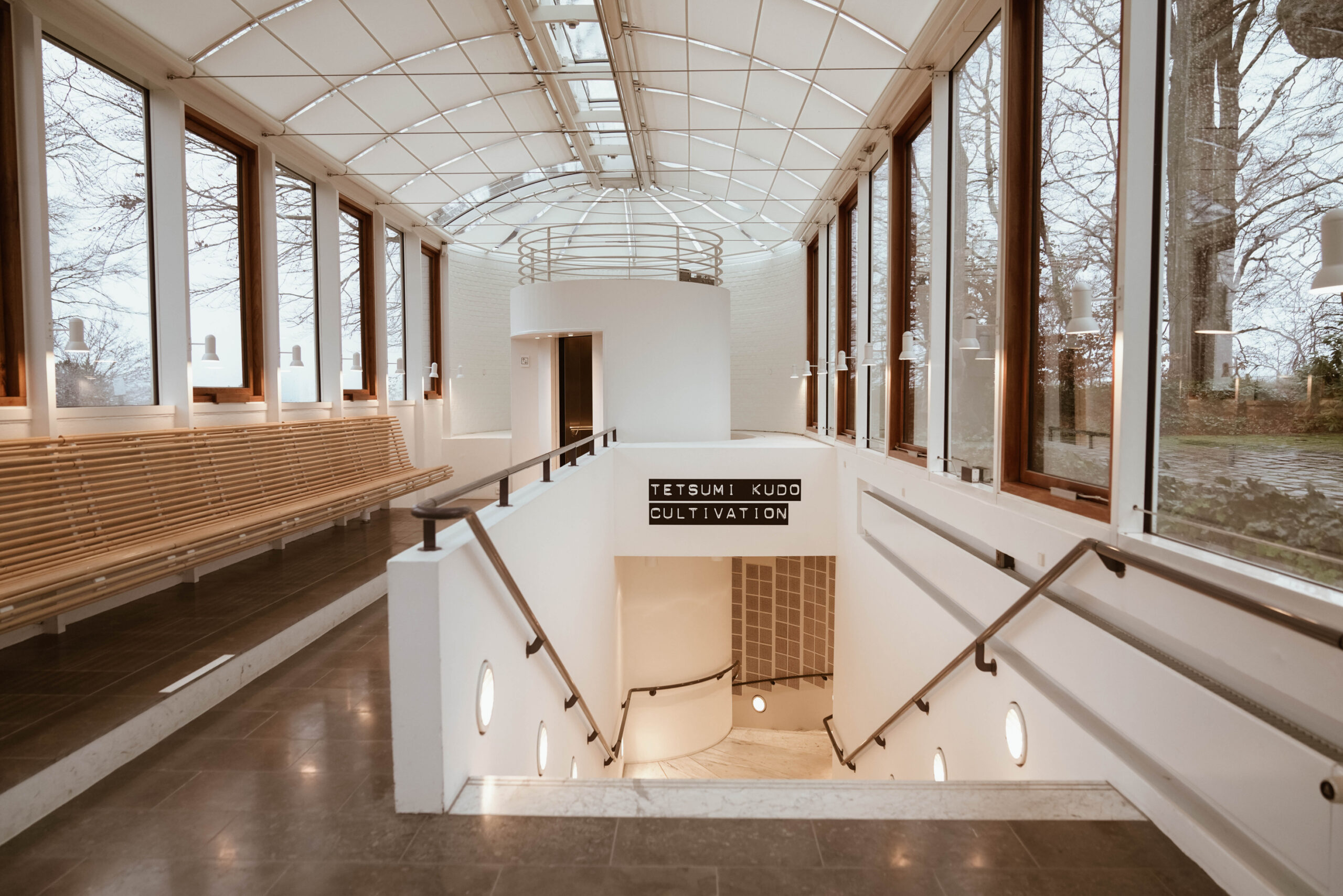
Back in Copenhagen proper, get your heavy metal and beer fix at Warpigs Brewpub in the Meatpacking District. This Texan-style BBQ spot offers 22 beers on tap, from IPAs to Schwarzbier, as well as handmade soda pop in a variety of flavors.
End your first day in the Danish capital with a light repast at Beast, a hip new spot in Norrebro known for its unique pizza and innovative charcuterie, much of which is produced in-house. Savor the melt-on-your-tongue burrata. You’ll definitely want to come back for more.
Day 2
Awake to the smell of freshly baked bread and coffee at Bevars. Take a seat at one of the wooden communal tables and order homemade crunchy muesli served with organic yoghurt.
This is bike-loving Copenhagen so grab your two-wheeler and explore the Indre By neighborhood. This lively historic district boasts hotspots such as Tivoli Park, the Royal Library and Nyhavn. The last is a oft-crowded waterfront spot that features IG-worthy colorful wooden houses.

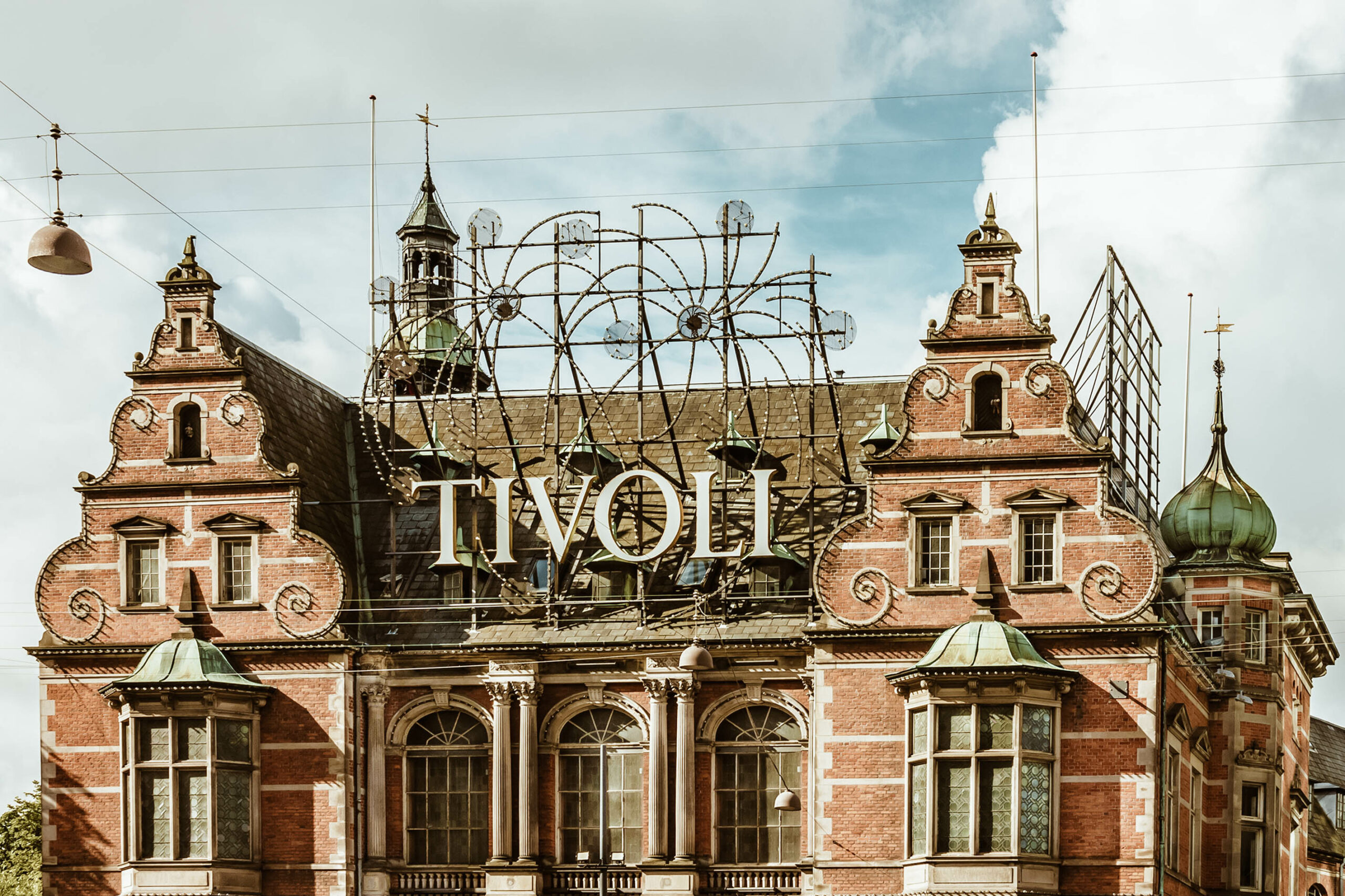
A Danish adventure wouldn’t be complete without a little Scandi souvenir, right? Meander through Strøget, a popular shopping street. Head to Hay House, a renowned store for its Scandinavian furnishings or pop into Studio Arhoj to dive into the world of ceramics.
Feeling peckish? Stop by any Den Økologiske Pølsemand stand for a Danish hotdog. Made from 100 percent organic ingredients, even vegans will delight in the options here.
Explore Copenhill, a year-round outdoor recreation paradise. From skiing to snowboarding to hiking, sports aficionados will hit their peak here. If you’d rather stay relaxed, admire the picture perfect view of the Baltic Sea and beyond. The choice is yours!
End your second day at Bibendum, an elegant bistro and wine bar in Nansensgade. Enjoy small bites such as duck paté and grilled sardines, all washed down with a bottle of wine from small European producers.
Day 3
For your last day in Copenhagen, opt for a more relaxed pace in Vesterbro. Once one of the seediest parts of town, the area is now a hipster enclave, with bars, restaurants, clubs and galleries all jockeying for space.


Wake up with coffee with a dose of altruism at Impact Roasters. More than just a coffee shop, Impact is a symbol of quality and sustainability. Their coffee beans come from small Ethiopian farms and offer citrus or floral notes. We think coffee tastes better when it supports numerous sustainable and small-batch purveyors!
Keep this mindful spirit as you head to Ny Carlsberg Glyptotek, a museum and research institution founded by Carl Jacobsen. The Renaissance, Classicism and Modernism have all inspired the architectural diversity and unique allure of the buildings here. Antique columns and mosaic floors abound as do artifacts from ancient Egypt, Greece and Rome.

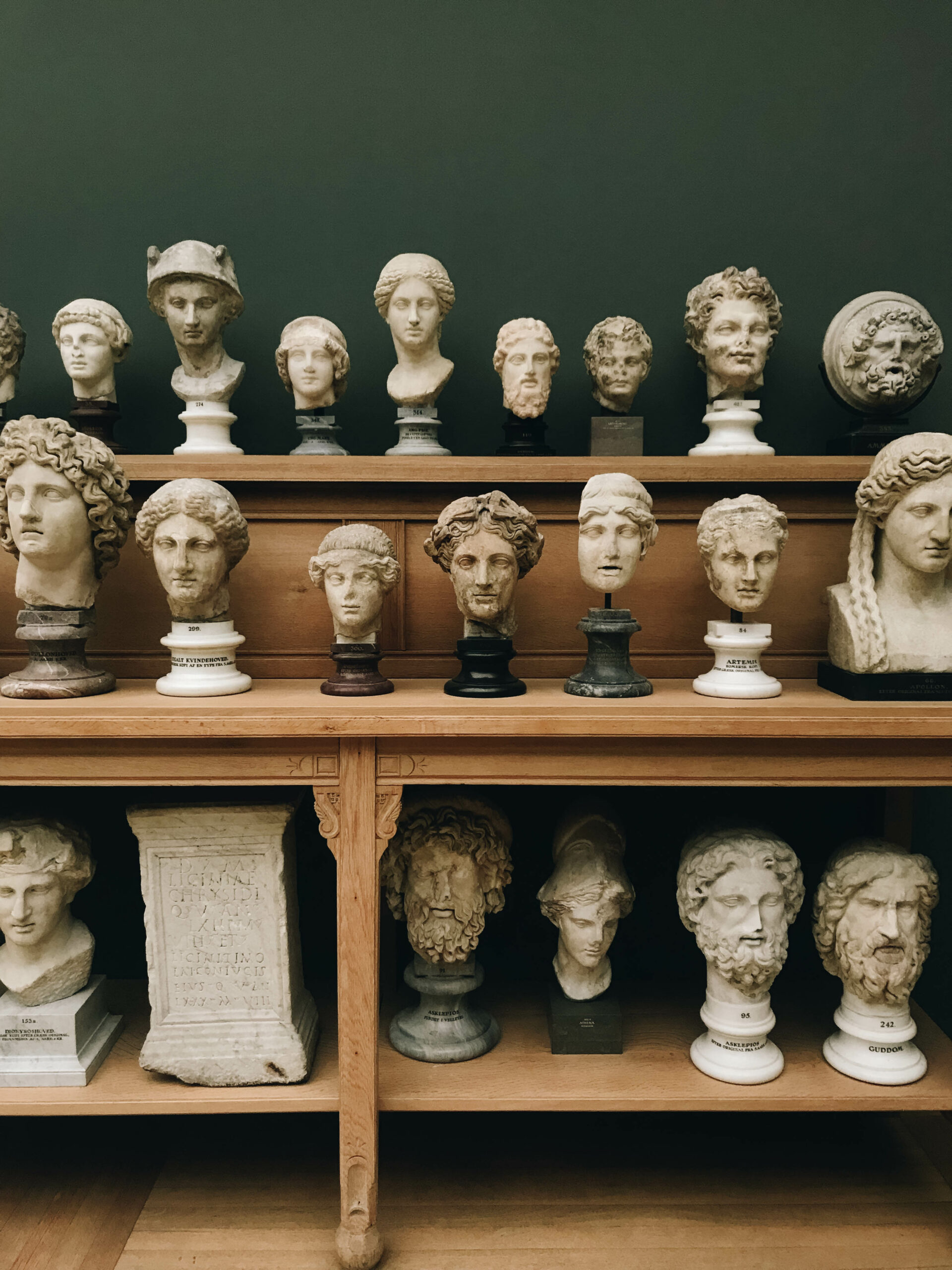
Gorilla is the spot for lunch in the area. Situated in a former industrial building complex, the modern menu is a mix of Nordic and Mediterranean flavors such as cod served with Jerusalem artichokes and crab bisque.
After lunch, check out the spacious art galleries on Flæsketorvet Square for an immersive adventure that will have you thinking of new ways to spruce up your home.
Head back towards your hotel but stop off for cocktails at The Bird and the Churchkey first. Specializing in gin drinks, the bar offers a homey atmosphere with vintage wooden tables and crystal chandeliers hanging from the ceiling.
Dinner awaits at country-chic Vaekst, which is just minutes away from the Hotel Alexandra. Splurge on the three-course menu because where else can you order sustainably sourced salmon served in a buttery sauce with locally grown cowberries, all in a greenhouse-like setting? It’s a fitting end to three relaxing days in Copenhagen.

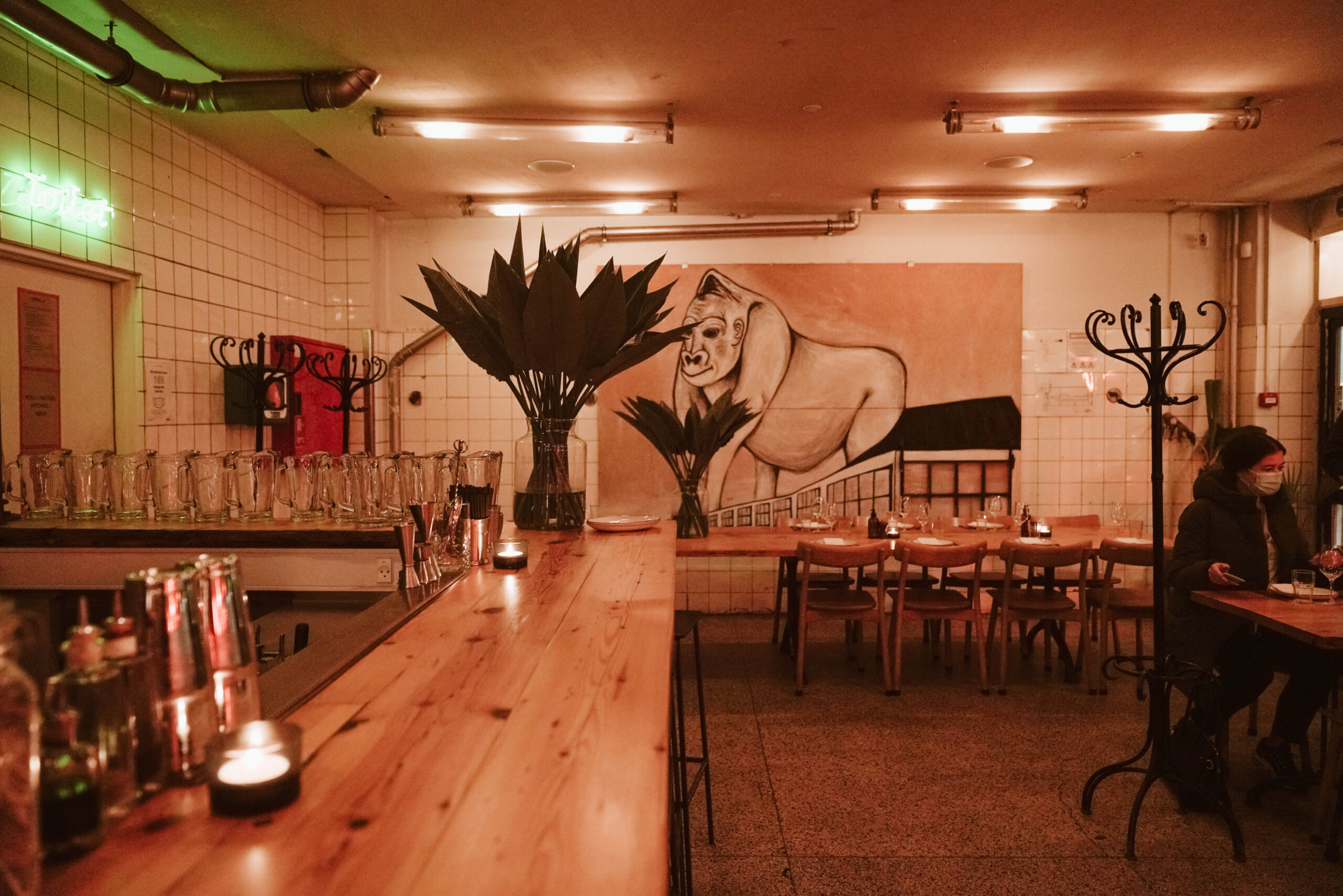
Looking for a place to stay? The Hotel Alexandra embodies Danish mid-century modern design. Look for curved Papa Bear chairs and wooden shelves that hark back to the 1950s and ’60s. The hotel, situated near the Latin Quarter, boasts 61 rooms and suites of which the colorful Verner Panton suite, named for the fabled Danish furniture and textile designer, is worth the splurge. The newly minted Q Suite, featuring a Trinidad chair by Nanna Ditzel, pays homage to the many women designers who made Danish style what it is today. The hotel adopts strong COVID safety measures, including hand sanitizer throughout the hotel, deep cleaning and disinfection of all public areas and room cleaning upon request.
